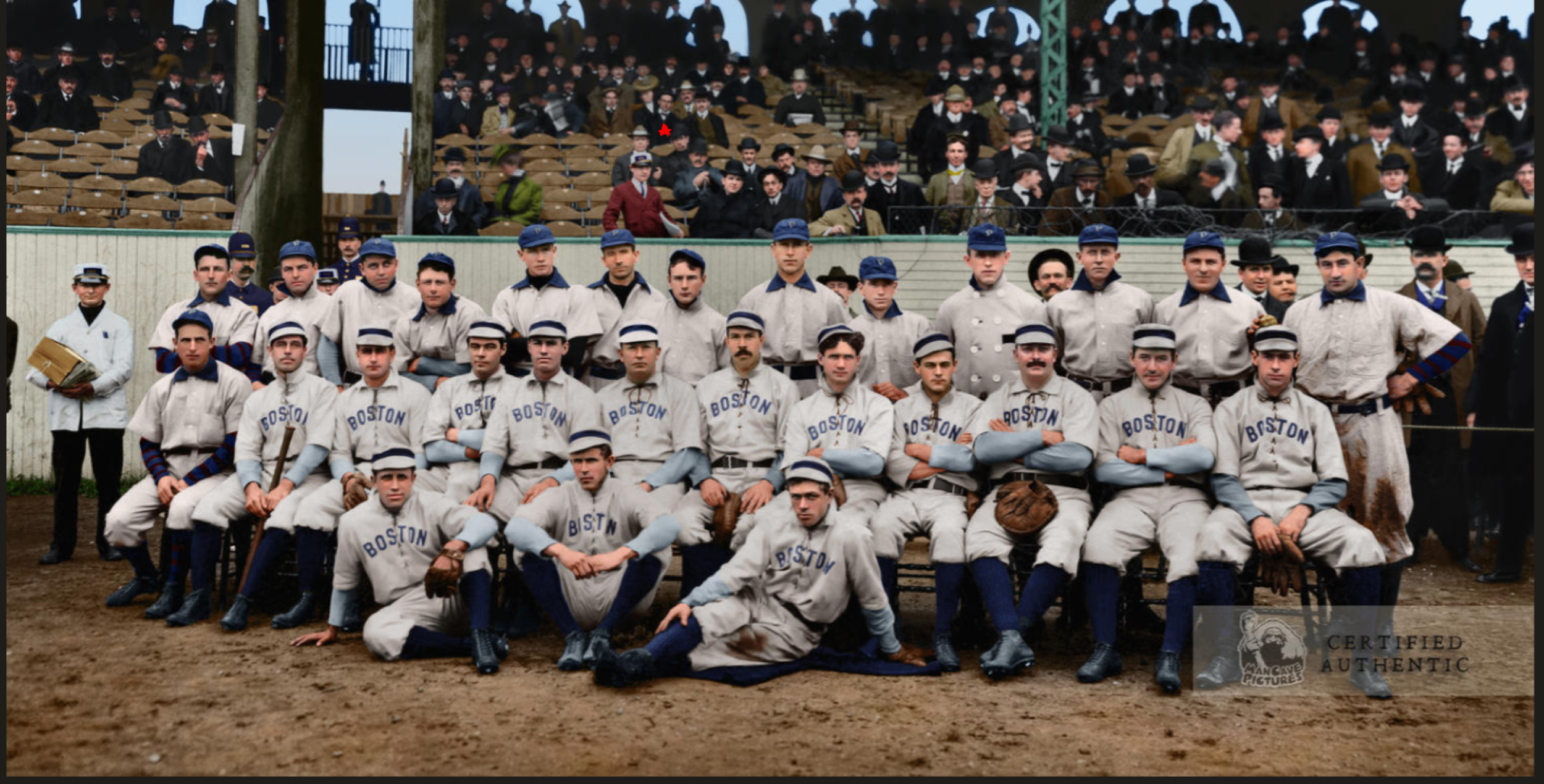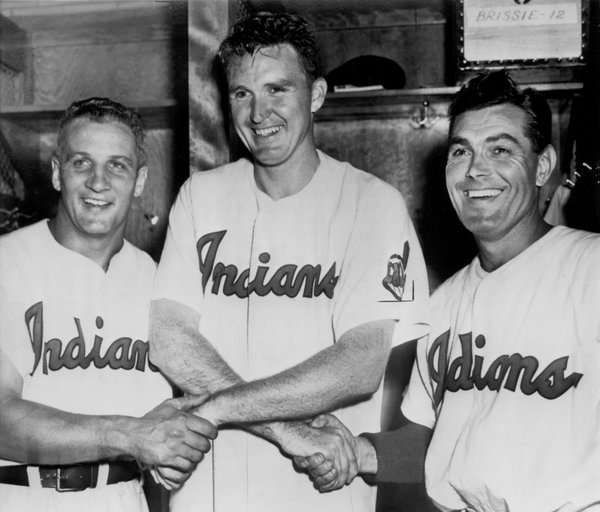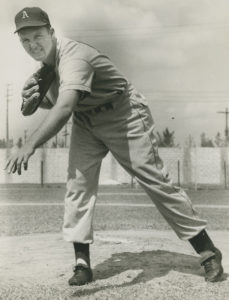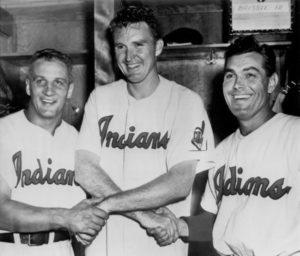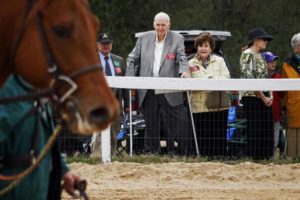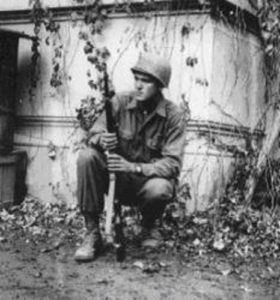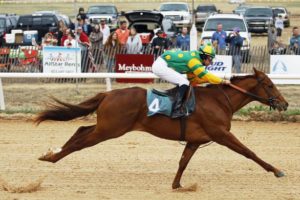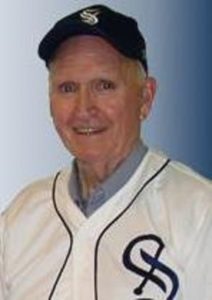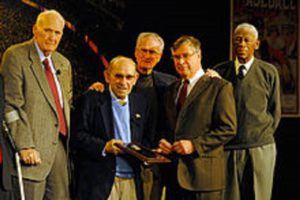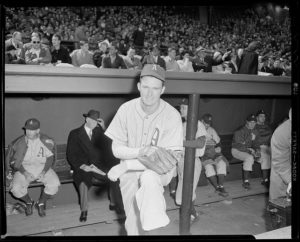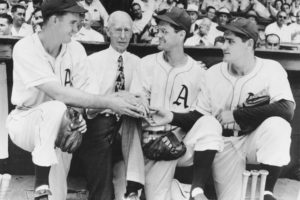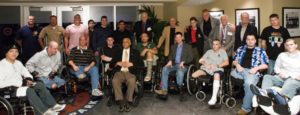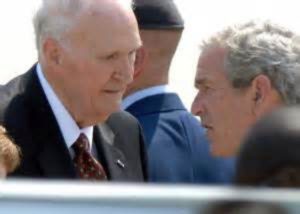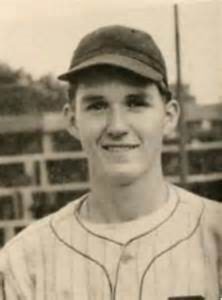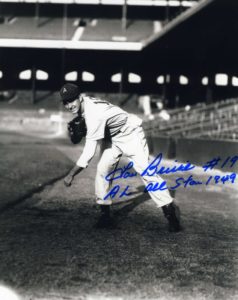Featured Photo Above:
Combined 1903 World Series Photo: Pittsburgh Pirates and Boston Pilgrims
(Color Restoration by Chris Whitehouse of Mancave Pictures)
Baseball History Comes Alive Now Ranked As a Top Five Website by Feedspot Among All Baseball History Websites and Blogs!
(Check out Feedspot's list of the Top 35 Baseball History websites and blogs)

Guest Submissions from Our Readers Always Welcome! Click for details
Subscribe to my blog for automatic updates and Free Bonus Reports: “Memorable World Series Moments” and “Gary’s Handy Dandy World Series Reference Guide.”
Lou Brissie Photo Gallery
Click on any image below to see photos in full size and to start Photo Gallery:
A Genuine American Hero: All-Star Pitcher Lou Brissie
“You can’t amputate. I’m a ballplayer. You’ve got to find another way!” –Corporal Lou Brissie to Army field surgeons, contemplating amputating his leg following a severe battlefield injury
“Lou was courageous beyond belief. I admire him so much for what he did.” -Eddie Joost, speaking of teammate Lou Brissie
“The fact that Lou Brissie ever stepped foot on a baseball diamond again after World War II is a testament to this man’s sheer determination, courage, and will.”- Gary Bedingfield, editor of the “Baseball in Warfare” website
In the featured photo above, we see Lou Brissie, center, with Indians’ teammates, Al Rosen and Hank Majeski
Lou Brissie had a seven year major league career with the Philadelphia A’s (1947-1951) and the Cleveland Indians (1951-1953), compiling a record of 44-48, with a 4.07 ERA, and 436 strikeouts. While Lou’s career numbers might seem unimpressive, his path to the major leagues was anything but ordinary. His is a story of one man’s extraordinary courage and unyielding determination in the face of overwhelming odds.
A talented 6’ 4” pitcher, Lou Brissie dreamed of one day pitching in the major leagues. In 1941, he attracted the attention of Connie Mack. Unfortunately for Lou and so many others of his generation, World War II rudely intervened, and the lifelong ambitions of many were suddenly placed on hold.
Lou enlisted in the Army in December, 1942 and soon found himself fighting with the 88th Infantry Division Blue Devils in the Apennine Mountains near Florence, Italy. Lou’s life changed forever on December 7, 1944, the third anniversary of Pearl Harbor. A 170 mm German artillery shell exploded near squad leader Brissie shattering his left leg and nearly killed him.
“Our unit suffered over 90 percent casualties,” Brissie recalled. “Within minutes we lost three of our four officers as well as eight enlisted men.” Brissie had to crawl for cover through the mud and then lay unconscious and near death until he was found hours later. Recovering at the Army field hospital, doctors told him that the injury to his leg was so severe it required amputation. As the above quote makes quite clear, Corporal Brissie would not hear of it. He begged with the surgeons to save his leg, “even if it means jeopardizing my life.” His urgent plea was honored and the amputation was canceled.
It would take more than a German mortar shell to keep Lou Brissie from fulfilling his dreams. After two years, 23 major operations, 40 blood transfusions, and countless hours of rehabilitation, Brissie miraculously returned to baseball, but now wearing a heavy metal brace. Connie Mack remembered Lou and was impressed by his determination. He decided to give the young war hero a chance and signed him on December 15, 1946. Lou was assigned to Savannah in the Southern League where in 1947 he surprised everyone by winning 25 games, with an incredible 1.91 ERA while striking out 278 batters.
The extraordinary performance earned Lou a ticket to the “Big Show,” and he was called up on September 28, 1947. Lou debuted in the final game of the year against the New York Yankees at Yankee Stadium on “Babe Ruth Day.” He lost the game 5-3, but to Lou it was anything but a loss: “I thought I had gone to heaven. It was a great experience.” Near death and facing an amputation only three years earlier, Lou Brissie had realized his life’s ambition and was now a major league pitcher. He had his best seasons with the A’s in 1948 going 14–10, and 1949 when he was 16–11. He even pitched three innings for the American League in the 1949 All Star game.
Wife Diana Brissie shared with me a few other interesting tidbits about Lou, recalling that he loved Ted Williams and frequently went fishing with him. He also worked with Ted on the campaign to reinstate “Shoeless” Joe Jackson. He never forgot Connie Mack and grew to have a deep affection and respect for the legendary Athletics manager.
In the later years of his life, he received many honors, including an invitation meet President George Bush at Dobbins Air Force base. Sportswriter Ira Berkow wrote his biography, “The Corporal Was A Pitcher: The Courage of Lou Brissie.” Famed horse breeder Cot Campbell was so impressed with the book that he named one of his colts “Lou Brissie.” The racehorse did quite well and placed third in the 68th running of the Aiken Trials in 2010 with Lou and Diana in attendance. Tom Brokaw, author of “The Greatest Generation” honored Lou at a World Series game. His number in Savannah was retired, and his high school in Ware Shoals, South Carolina named their baseball field after him.
As the years went by, Lou came to rely on crutches and was in constant pain. The injured leg never fully healed. He was frequently invited to speak to veterans of the wars in Iraq and Afghanistan. Once, when asked if he was a hero, Brissie, exhibiting the characteristic modesty of so many of his generation, replied, “I don’t think I am. But I knew some who are.” For his battlefield heroism, Lou received numerous decorations, including two Purple Hearts and the Bronze Star.
Brissie later served as the national director of American Legion Baseball. For his contributions to youth baseball, he received the “Americanism Award” at the Baseball Hall of Fame in Cooperstown. He was also elected to the South Atlantic League Hall of Fame in 1994.
We salute the service of Lou Brissie, a true American hero, who passed away on November 25, 2013 at the age of 89.
-Gary Livacari
Photo Credits: All from Public Domain
Information: Excerpts edited from the Lou Bressie SABR Bioproject article, by Bill Nowlin: http://sabr.org/bioproj/person/c8dd849f; the “Baseball in Wartime” webpage: http://baseballinwartime.com/player_biographies/brissie_lou.htm; and the Lou Brissie Wikipedia page: https://en.wikipedia.org/wiki/Lou_Brissie
All Lou Brissie quotes are from the SABR article by Bill Nowlin.
Visit Our Web page: “Baseball History Comes Alive!” now with over 101K views!:
http://wp.me/P7a04E-2he
We are a participant in the Amazon Services LLC Associates Program, an affiliate advertising program designed to provide a means for us to earn fees by linking to Amazon.com and affiliated sites. Click here to view Amazon’s privacy policy
